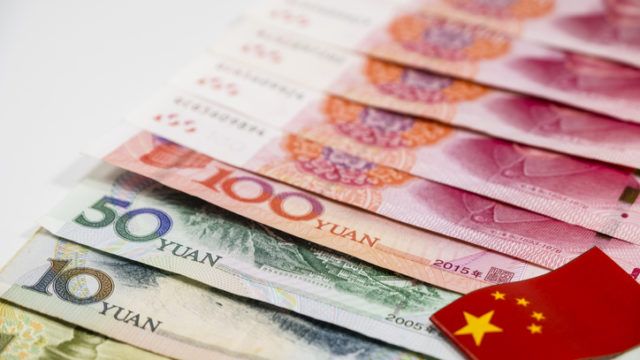From the beginning of July to today, 48 domestic companies have defaulted, compared to 100 in the first six months to 30 June, according to data provider Wind.
In the last eleven weeks, “miscellaneous” companies have been leading the non-payers. According to Wind’s categorisation, miscellaneous had the highest number of defaults — 13. Manufacturing companies are next with 6, followed by those in wholesale and retail with 5.
Since 1 July, Anhui Foreign Economic Construction Group had the largest issue size of RMB 3bn($424m) and did not pay a bond coupon of RMB 174m ($24.6m), the data provider shows.
The latest default occurred on 12 September, is Sanpower Group. The issue size is RMB 200m and it did not pay a bond coupon of RMB 4.9m.
“Increasing refinancing pressure, greater government tolerance of defaults, sluggish manufacturing and industrial sector growth and weaker investor sentiment amid US-China trade tension re-escalation will likely push defaults rates higher,” said a Fitch Ratings spokeswoman.
For the full year 2018, China’s onshore bond defaults numbered 179 and involved a total of RMB 84.3bn. Defaults were driven mainly by poor company liquidity. Nearly all (96%) of the companies had insufficient cash to cover their short-term debt (bonds and bank loans maturing in less than one year). And for 63% of the companies, short-term debt accounted for more than half of their total debt, noted Moody’s, FSA previously reported.
Foreign firms like BNPP Asset Management have expressed caution on domestic corporate bonds.
“On the onshore side, we expect some additional spread widening, which means more defaults,” Jean Charles Sambor, the firm’s London-based deputy head for emerging market fixed income, told FSA earlier. “That is why we are really not active in the Chinese onshore market on the corporate side.”
Nikko Asset Management has been highly selective in its approach. Although onshore defaults represent only 1% of the credit sphere, Wong Yii Hui, portfolio manager, said they are monitored for various reasons, such as trying to get an understanding of the default process.
“Defaults in China only started to occur in 2014,” she said. “In terms of resolution, it is not yet clear to investors on- or offshore, how the default process actually works and how investors are being treated.”
Top three onshore bonds with largest issue size for the past eleven weeks
| Issuer’ name | Issue Size(RMB) | Overdue Interest of Default Bonds(RMB) |
| Anhui Foreign Economic Construction Group | 3bn | 174m |
| Nanjing Fullshare Industrial Holding Group | 2.2bn | 127.6m |
| Nanjing Fullshare Industrial Holding Group | 2bn | 150m |
Source: Wind

















